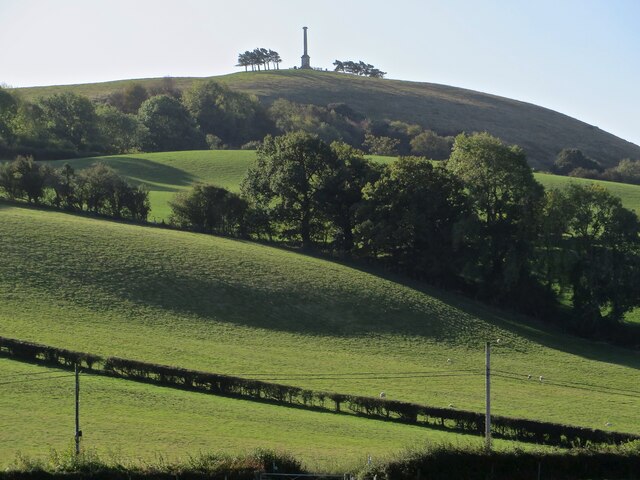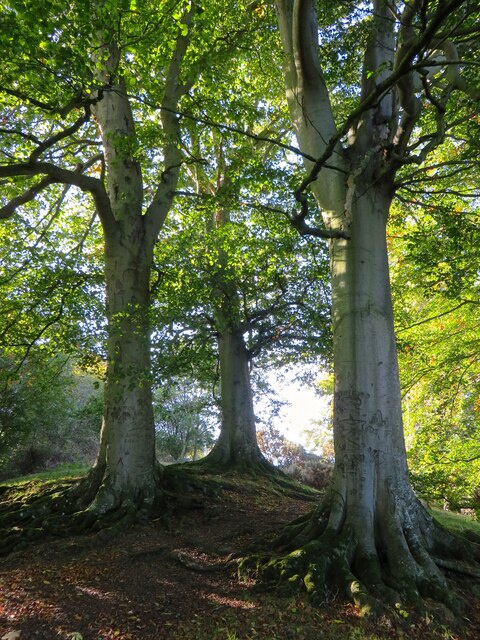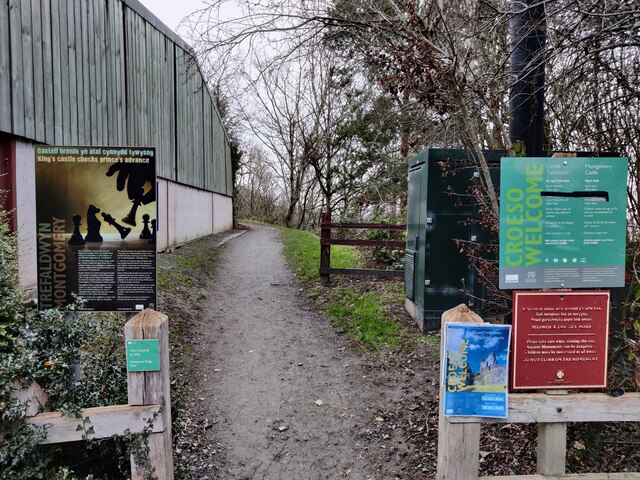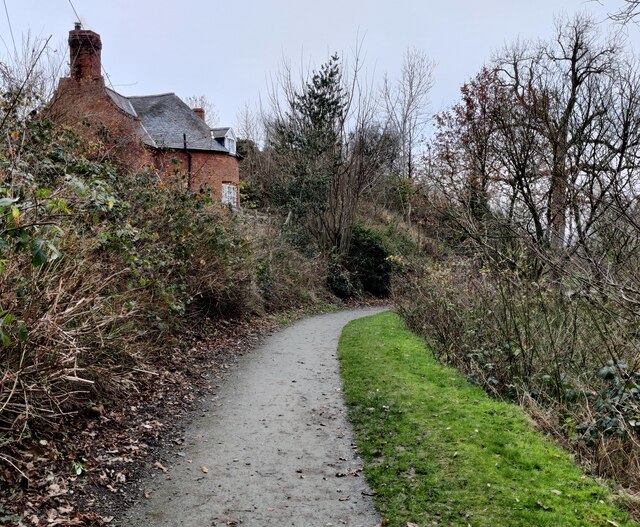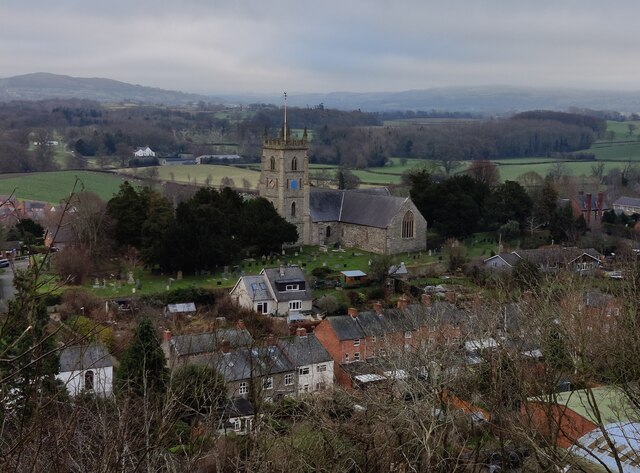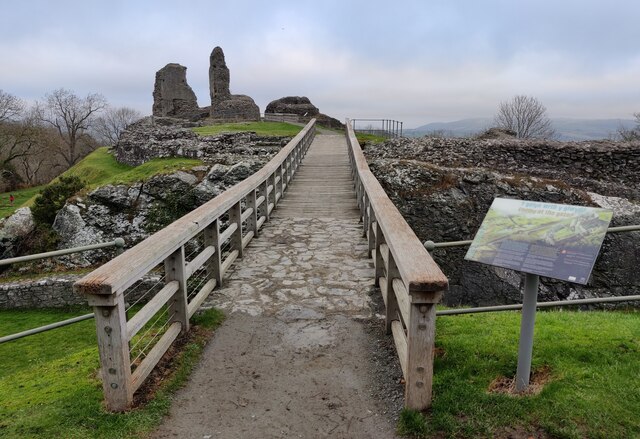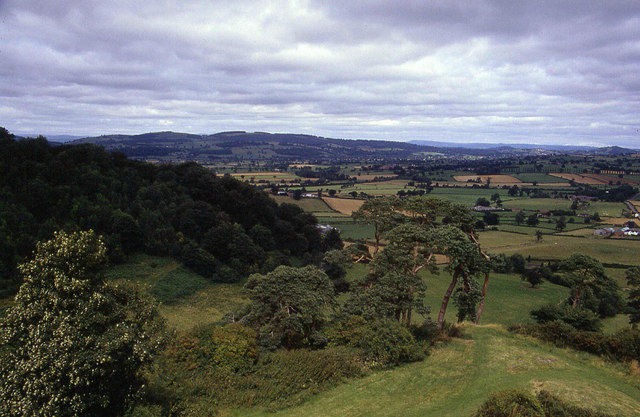Ffridd Wood
Wood, Forest in Montgomeryshire
Wales
Ffridd Wood

Ffridd Wood is a picturesque woodland located in Montgomeryshire, Wales. Covering an area of approximately 50 hectares, the wood is a popular destination for nature lovers and outdoor enthusiasts. The woodland is home to a variety of tree species, including oak, beech, and ash, creating a diverse and vibrant ecosystem.
Visitors to Ffridd Wood can enjoy peaceful walks along well-maintained trails that wind through the trees, offering opportunities to spot wildlife such as deer, birds, and squirrels. The wood is also known for its beautiful displays of bluebells in the spring, creating a carpet of vibrant color beneath the canopy.
In addition to its natural beauty, Ffridd Wood also has historical significance, with remnants of old stone walls and ruins scattered throughout the forest. These remnants provide a glimpse into the wood's past and add to its charm and character.
Overall, Ffridd Wood is a tranquil and enchanting woodland that offers a peaceful retreat from the hustle and bustle of everyday life. Whether visitors are seeking a leisurely stroll, a spot of birdwatching, or a peaceful picnic, Ffridd Wood is sure to delight nature lovers of all ages.
If you have any feedback on the listing, please let us know in the comments section below.
Ffridd Wood Images
Images are sourced within 2km of 52.566508/-3.1532672 or Grid Reference SO2197. Thanks to Geograph Open Source API. All images are credited.
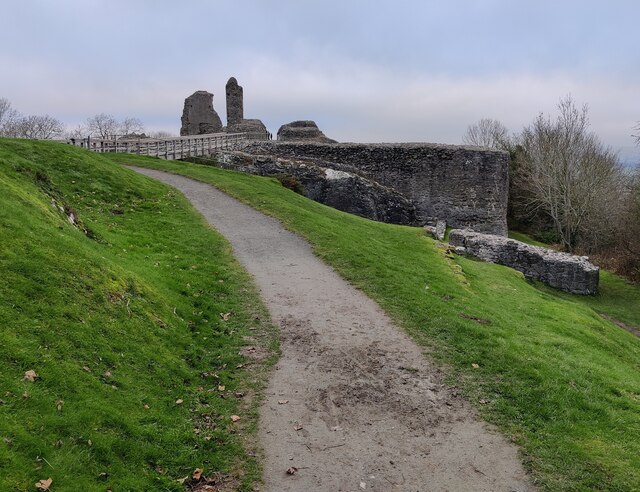
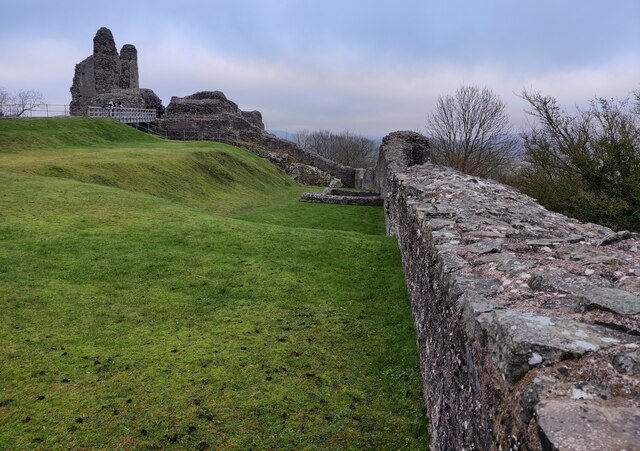




Ffridd Wood is located at Grid Ref: SO2197 (Lat: 52.566508, Lng: -3.1532672)
Unitary Authority: Powys
Police Authority: Dyfed Powys
What 3 Words
///toys.tennis.wrist. Near Welshpool, Powys
Nearby Locations
Related Wikis
Relief of Montgomery Castle
The Battle of Montgomery took place during the First English Civil War of 1642–1646. On 17 September 1644, a Parliamentarian force commanded by Sir John...
Montgomery Castle
Montgomery Castle (Welsh: Castell Trefaldwyn) is a stone-built castle looking over the town of Montgomery in Powys, Mid Wales. It is one of many Norman...
Montgomery, Powys
Montgomery (Welsh: Trefaldwyn; translates as the town of Baldwin) is a town and community in Powys, Wales. It is the traditional county town of the historic...
The Old Bell Museum
The Old Bell Museum is a former 16th-century inn, converted into a museum and run by volunteers from the Montgomery Civic Society of Powys. The half-timbered...
Nearby Amenities
Located within 500m of 52.566508,-3.1532672Have you been to Ffridd Wood?
Leave your review of Ffridd Wood below (or comments, questions and feedback).
